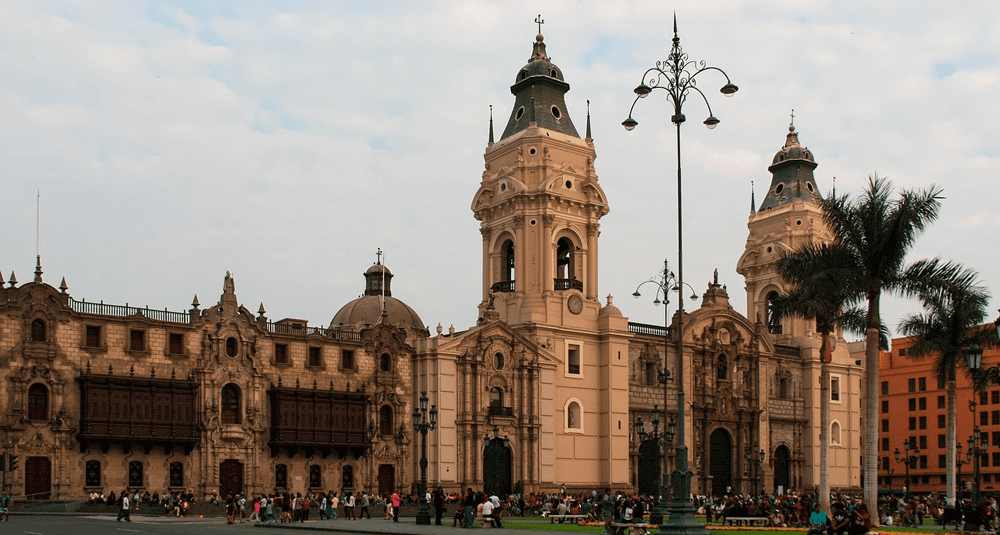What is the capital of Peru?
Last Updated:
Peru’s capital is Lima, a city located on the country’s central coast, on the shores of the Pacific Ocean. Lima is not only Peru’s largest city, but also its main political, economic and cultural center. It was founded by the Spanish conquistador Francisco Pizarro on January 18, 1535 as Ciudad de los Reyes (City of the Kings).
Francisco Pizarro founded Lima in 1535, shortly after the conquest of the Inca empire. The city quickly became the administrative and political center of the Viceroyalty of Peru, playing a key role in the Spanish colonization of South America. Numerous colonial buildings, churches and monasteries were constructed, many of which still stand today.
Lima played a central role in the struggle for Peruvian independence. The city was the scene of many events
In the 20th century, Lima experienced rapid growth thanks to urbanization and industrialization. Today, it’s a vibrant, diverse metropolis of some 10 million inhabitants.
The Plaza Mayor, also known as the Plaza de Armas, is the historic heart of Lima. It is surrounded by important buildings such as Lima Cathedral, the Government Palace and the Archbishop’s Palace.
San Francisco Monastery, this colonial monastery is famous for its catacombs, ancient libraries and Baroque architecture. It offers a fascinating insight into Lima’s religious and colonial history.
Located in the Miraflores district, Kennedy Park is a popular meeting place for locals and tourists alike. It is surrounded by restaurants, cafés and boutiques.
The Museo Larco features an impressive collection of pre-Columbian artifacts, including ceramics, textiles and metalwork. It is particularly famous for its collection of erotic Moche pottery.
Lima is often called the gastronomic capital of America because of the diversity and renown of its cuisine. Typical dishes include ceviche, lomo saltado and aji de gallina. The city is home to many world-class restaurants, such as Central and Maido.
Lima hosts numerous cultural festivals throughout the year, including the Festival de la Marinera, a traditional dance event, and the Festival de Lima, an international film festival.
The Miraflores, Barranco and San Isidro districts are known for their lively nightlife, with numerous bars, clubs and discos. These neighborhoods offer a wide variety of options for going out and enjoying live music and entertainment.
Like many large cities, Lima faces challenges related to the rapid growth of its population, particularly in terms of transport, housing and infrastructure. The local government is working on various projects to improve the quality of life for its residents.
Lima is Peru’s economic center, home to numerous companies, industries and financial institutions. The city plays a key role in trade and business in South America.
As the capital, Lima is the seat of the Peruvian government, including the presidential palace, Congress and ministries. This is where the country’s main political decisions are taken.
Lima is also an important commercial and financial center, contributing significantly to the national economy. Its port, Callao, is one of the largest and most important in South America.
Lima is the capital of Peru, a city rich in history and culture that plays a central role in the country’s politics and economy. Founded by Francisco Pizarro in 1535, Lima has become a dynamic, modern center, while preserving its historical heritage. With its cultural attractions, renowned cuisine and vibrant city life, Lima continues to attract visitors from all over the world, consolidating its place as the beating heart of Peru.
geography

What is the capital of Peru?
Answer
Peru's capital is Lima. Founded by Francisco Pizarro in 1535, Lima is the country's political, economic and cultural center, with a rich colonial history.